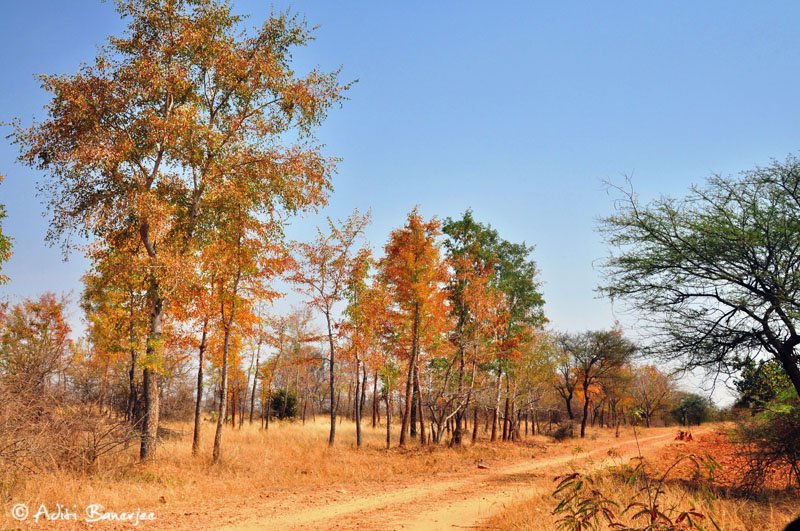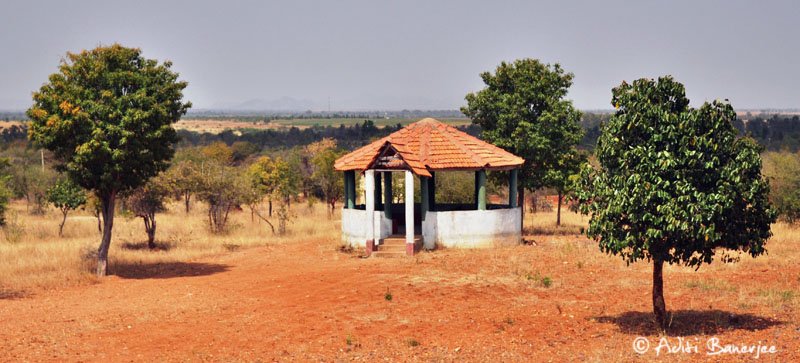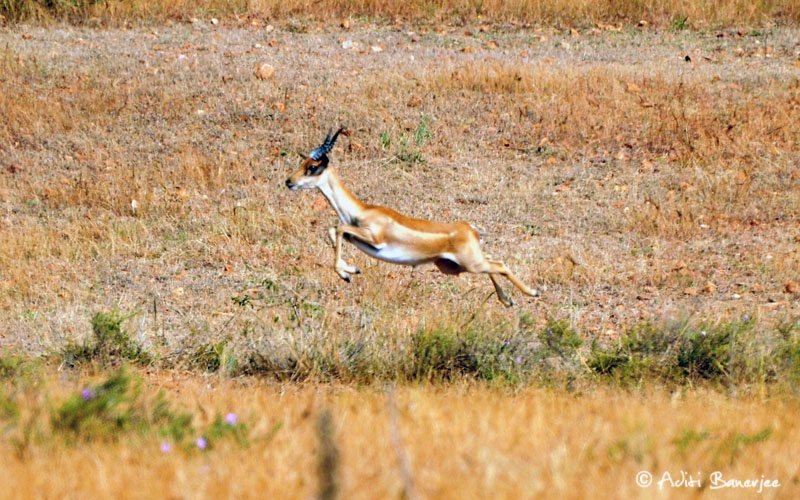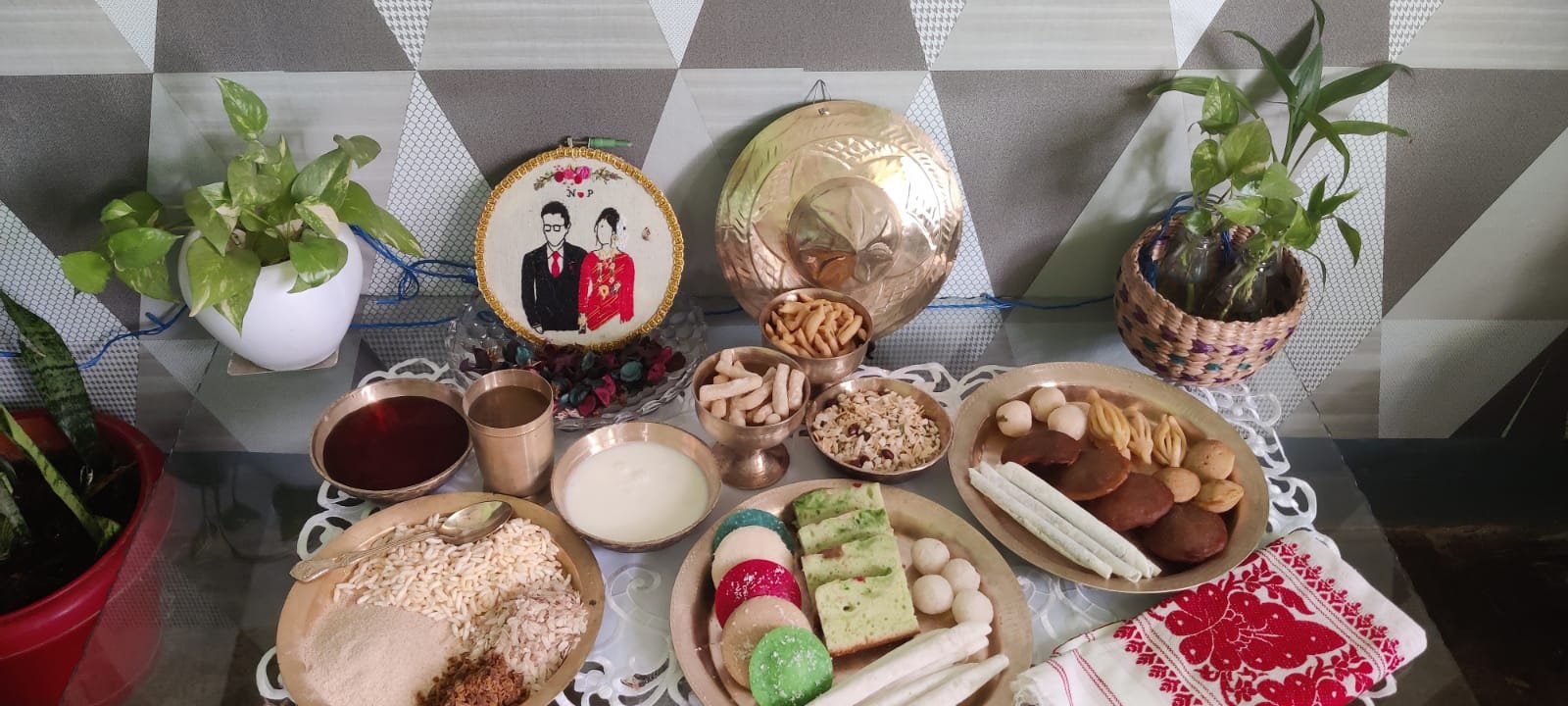‘Head to the sky,
Back to the wind,
Feet to the ground,
An I’m running again.’
This quote by Jonathan Prince describes the beautiful antelope which calls our country its homeland – the Blackbuck or the Krishna Mriga/Krishna Saar.
An impromptu trip
We once took an impromptu trip to the Jayamangali Blackbuck Sanctuary in Karnataka, in pursuit of this graceful sprinter. It is located about 112 km north of Bangalore and takes around three hours to reach including a short breakfast break. Starting at 6.00 a.m. from Bangalore we stopped at the highway Kamath for a quick breakfast at 7.00 a.m. Soon the car left the highway and we drove through neat villages with acres of harvested fields on both sides of the winding road. Occasional lakes and rocky granite hills dotted the landscape.
A bird country
Along with the distinctive identity of being a safe paradise for black bucks in the wild, this is definitely bird country!
Within the next hour, we had spotted an elusive Malkoha, a Lesser Golden Backed Woodpecker, a noisy colony of Parakeets, a Brahminy Kite, Bee-eaters, a Hoopoe, some Brahminy Starlings, Asian Grey Shrike, Indian Roller or Neelkanth and two mongooses. We later learnt that 125 species of birds have been recorded here. The setting was a dry one, but for the obvious manifestation of spring in bright colours like the bright orange Palash trees, completely covered in its brilliant bloom and dazzling birds and humans alike! A closer inspection revealed a host of Tailor birds, Flower Peckers, Mynas and Sunbirds hovering around these trees.

We crossed the seasonal Jayamangali river and reached the unique drive-in reserve forest which is part of the Deccan plateau and is a 798-acres patch of grassland with Eucalyptus and Acacia trees. Almost immediately we had our first sighting of a large herd that crossed the road in front of us and disappeared in the low valley beyond.
On arrival at the modest Forest Rest House, we saw a team of Tumkur college students conducting the annual Census of Blackbucks. Batches of tired but happy volunteers were returning and data collation was in progress. Starting at 7.30 a.m. each group is given a specific route, and a map and is accompanied by forest guards. The first-ever Status Survey report on the area was published by the Tumkur-based Wildlife Aware Nature Club (WANC) in 1997 during which a population of 408 blackbucks were recorded. This helped in finally notifying the area in February 2007, as the Jayamangali Blackbuck Conservation Reserve. The same WANC conducts status surveys every year. The latest census mentions the count at more than 800. The area is also home to numerous butterflies, mammals, reptiles and birds, especially ground birds belonging to grasslands.

The beauty of the Blackbucks
Blackbucks are now extinct in Pakistan and Bangladesh and are found only in India and Nepal. They owe their name and beauty to the male’s beautiful black coat with only the chest, belly, muzzle and chin highlighted in white. The horns are spiralled with rings that grow up to 28 inches. The females are light brown with smaller horns.
The dwindling numbers
Sadly, many people know about these beauties only from Bollywood actor Salman Khan’s infamous blackbuck poaching case from 1998 as Blackbuck hunting and poaching are prohibited in India as per Schedule I of the Wildlife Protection Act of 1972. Before India’s independence, Blackbucks were extensively hunted in the princely states. This resulted in the local extinction of this species in many parts. They are very fast runners, second only to the Cheetah, thus the latter was used by the erstwhile Kings to hunt them. While in 1947, there were around 80,000 Blackbucks, by 1964 the numbers dwindled to as low as 8,000. Earlier groups as large as 8000-10,000 could be seen in the East Punjab savannas, but later even 30-50 member groups were rare. Open areas are a primary requirement and with increased urbanization, industrialization etc they face habitat loss. This brought them to the list of Endangered Species in India. With continued protection, their numbers have now increased but a lot still needs to be done.

The high Gazebo was neat and clean and though very hot, a gentle wind was blowing. I found the bright red and black seeds of a dry creeper known as Ratti (or Raktika/ Gunja) and started extracting the pods from the thorny bush. It brought back fond childhood memories. These were the earliest units of measurement of mass used in India for weighing gold. The view from the gazebo was enchanting. Miles and miles of golden open grasslands stretched out on all sides with the low hills of the Madhugiri range rising up in the south. Back to the car, we devoured our humble lunch of 3 slices of bread and cheese spread and an orange each. The FRH caretaker took pity and shared some ripe bananas! Unaware of the food option we had carried only some snacks. Tired and slightly hungry, we parked the car under a shady clump of trees and keeping the doors and windows open for some wind we took a short nap.
The sighting of the packs
Gradually we spotted many small packs with fawn-coloured females, kids and beautiful adult males. Oh, they are beautiful and the grace with which they scamper away and skip and hop has to be seen to be believed! The kids were very shy and would sprint away at the slightest disturbance. The adult males were quite at ease and apart from maintaining a safe distance, were roaming about fearlessly. Blackbucks are very fast with speeds of more than 80 km/h. We watched them for long taking some long shots.

The best season to visit
The best season to visit is the post-monsoon months when the grasslands are a refreshing green and the male blackbucks pose a dark brown coat. By summer this tone lightens, though still darker than females. One must carry food and water due to zero options at the sanctuary itself and limited options in nearby towns. It was reassuring to note that the blackbucks roamed these grasslands freely with no danger of poaching.
This beautiful antelope is considered the Vahana of the Moon God Chandrama and spotting it is considered auspicious hence many nomadic and agricultural communities revere it. However, in the past year, a new threat of numerous leopard activities has been reported in the area which is threatening the blackbucks. The forest department has been alerted.
As the sun weakened we started our journey back and finally found a bakery selling tea, lemon soda and fresh bread! The drive back took 3.5 hours amidst some city traffic. We returned with hopes that the Krishna Mriga will thrive in these protected havens and spotting them will again be a regular affair, just like yesteryears!


















Facebook Comments